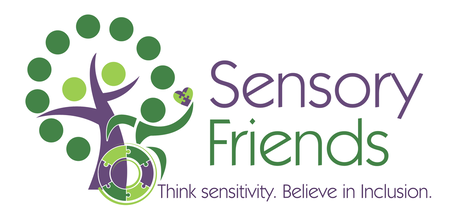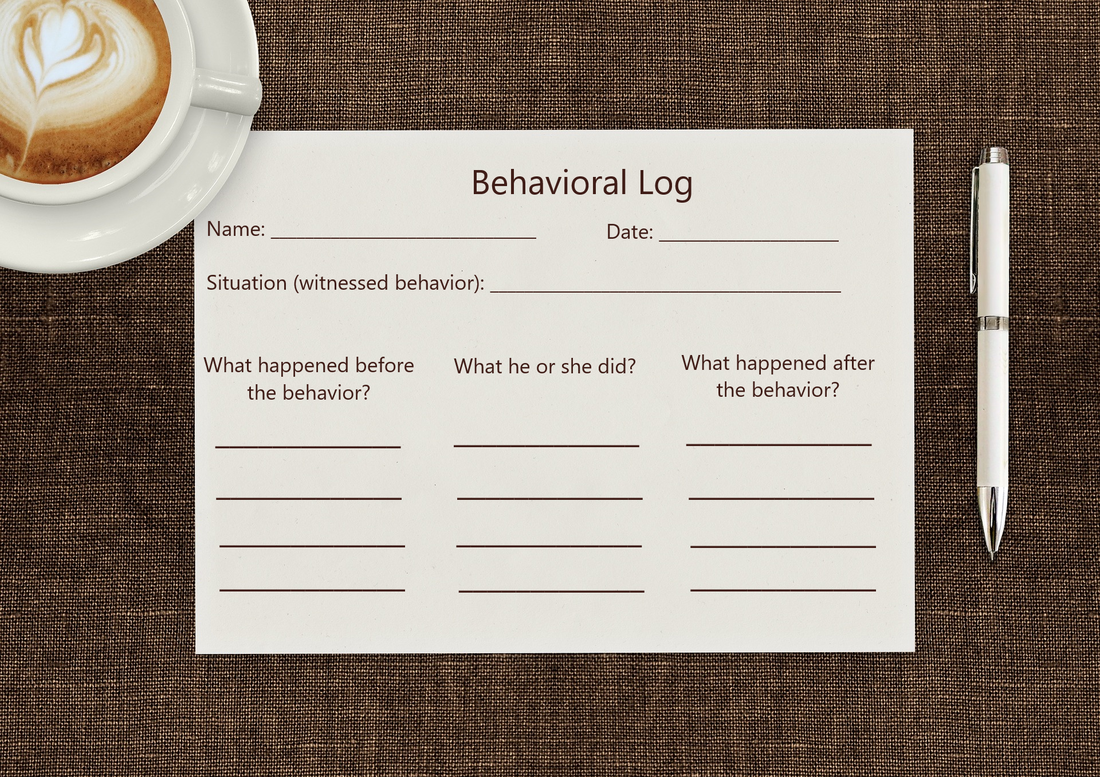Gathering Information and Data Collection
Prioritizing Behaviors
- Aggressive Behaviors: Hitting, pinching, scratching, head-butting, pushing others. Self-injurious behaviors: biting himself and banging his head against the wall, glass, etc.
- Sleep: Richie is not getting enough sleep. He will stay up all night if we allow it.
- We’ve seen a change in Richie’s eating habits: he is not eating at the appropriate times as he once did (he’ll wait to eat his food, sometimes an hour after he has been served).
- Richie engages in self-stimulatory behaviors that interfere with his participation in family activities (prefers watching movies on iPad/device, waving items in front of his face, etc.).
- We would like Richie to be able to communicate when he experiences pain (stomach pain, headache, or any other discomfort).
- Aggressive behaviors towards others: pinching, scratching, hitting, kicking, and head-butting.
- Self-injurious behaviors: head-banging against the wall, biting his hand or arm, slapping the back of his neck, hitting his head with his knee.
- Damaging property: making holes in the wall with his head or hand, broke the glass on the china cabinet by hitting it with his hand, broke several television sets by either pushing them down, or hitting the screen with hand.
- Getting out of bed at night: Richie does not sleep well at night. He will pace in his room the entire night and make disruptive noises. I have to lie next to him in order for him to sleep and not disrupt anyone else from sleeping.
Data Collection
I sent an email to the IEP team and Richie’s father on the forms we needed to complete for gathering information and data. They were:
- FBA (functional behavior assessment) Questionnaire: this document asked us for general information about Richie (where he lives, the services he receives, medication he takes, things he enjoys doing, communication and other known skills, known triggers that upset him, etc.).
- PBS Quality of Life Questionnaire: this document got us to review and really think about circumstances that are associated with Richie’s quality of life (Health and Safety, Self-advocacy, Social Relationships, and Productive Activity). It’s a tool used to rate Richie’s ability to do certain things independently. We also rated the level of support needed to conduct certain tasks or activities (It's important to note that this form is typically completed first, and the goals are identified before the FBA process. I sent these forms to the team all at once in the interest of time, as many members were school faculty).
- ABC (Antecedent, Behavior, Consequence) Data Collection Sheets: this document is used to record and track behaviors and the time of day they occur. Over days and weeks, this data would help us to identify behavioral patterns. For Richie, the data collection sheet were modified to capture the behaviors of greatest concern. We used a sheet that was called: Richie Data Sheet (I'm leaving it in word form so you can make changes if you need to).
- Tip: I left copies of Richie's data sheet all over the house for easy tracking. I had one upstairs in his room - on his desk, I had one on the counter in the kitchen, and on my nightstand in my bedroom.
Once we were able to gather all of the information collected from all members of the PBS team who participated in this process, we would be able to move on the next step:
Part 4: Analyzing Data and Goal Setting


 RSS Feed
RSS Feed